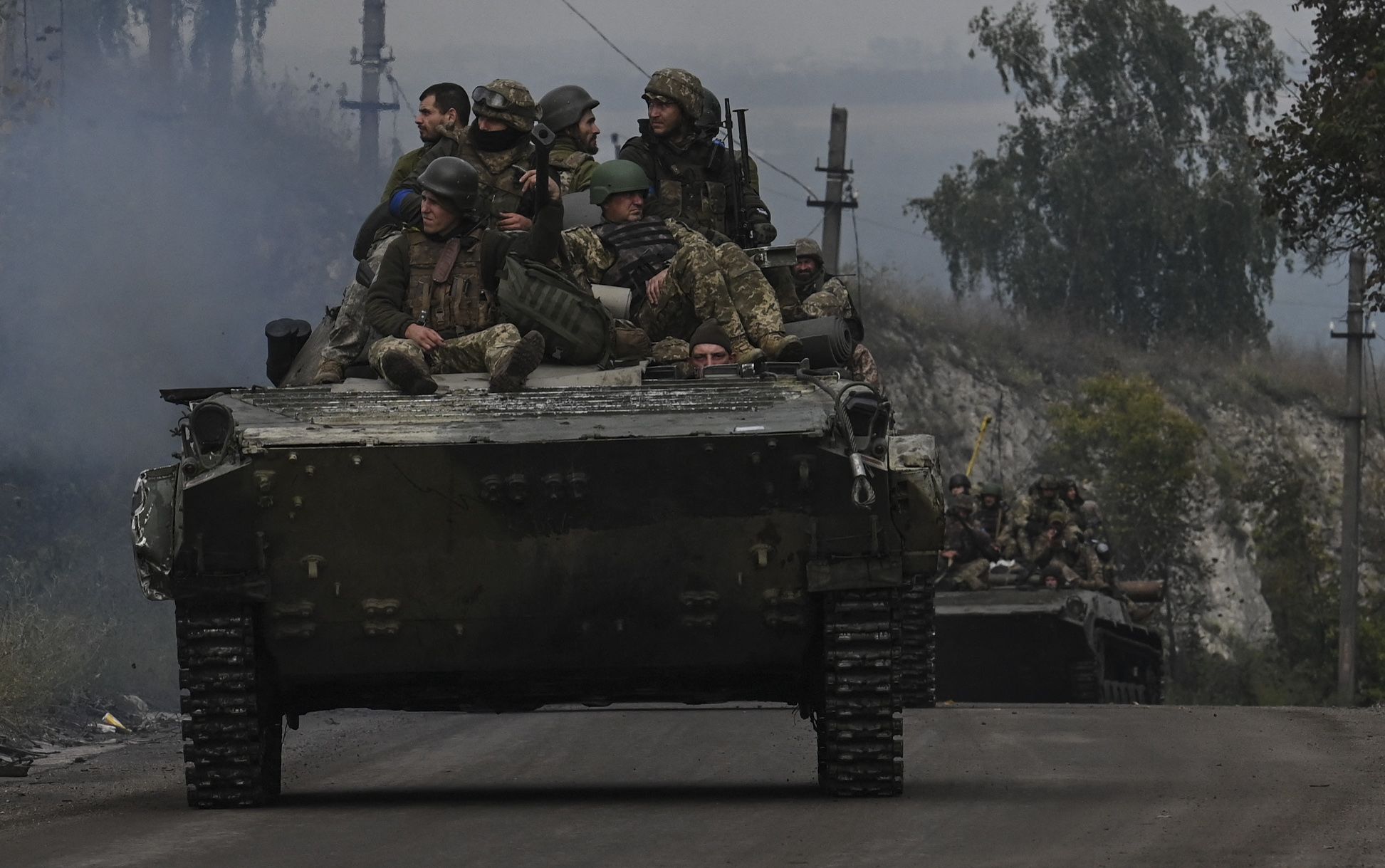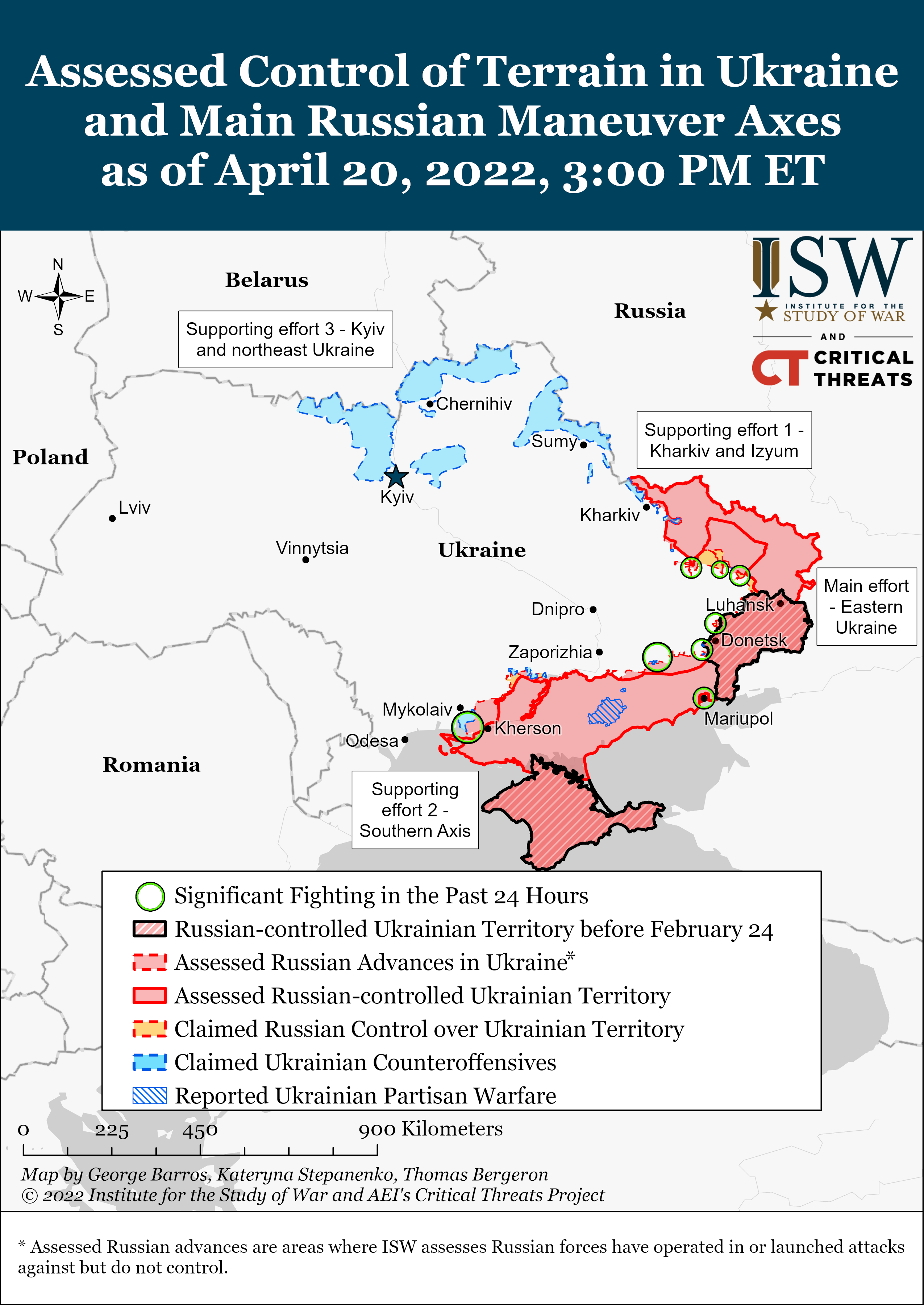Ttps Military Acronym - What is Army Training? The question is simple. But I asked cadets, peers, and a few seniors with satisfaction, and the range of responses was surprisingly wide. I also hear the word "instruction" in as many ways as "hua," which, depending on the context, tone, and inflection of the voice, can mean "yes," "resolute," or "let's go." . "to" I really don't love you. "If that's not possible with instruction, we (Army professionals) must mitigate that uncertainty.
The authority attributed to a German commander during World War II shows the firmness of the army's attitude to doctrine: “One of the serious problems in planning to oppose American doctrine is that the Americans do not read the manual and do not feel like following any. Because the study of our beliefs is a private topic, the agency opens a conversation about the importance of teaching in our professional military education.
Ttps Military Acronym

The first step to learning is to understand what it is. To find an "official" definition of teaching, I turned to teaching. Interestingly, the 2008 Field Guide 3-0: An appendix titled "Competency Learning." The manual that replaced it included only two paragraphs on the teaching role, and moved the rest of the material to a new 64-page teaching primer (ADP 1-01) that greatly expanded the subject. The remainder of this article relies on a brief but clear definition of the doctrine's parts and components in FM 3-0, 2008.
Cultural Guide Smartbook 1
As military doctrine, army doctrine is defined as the basic principles by which military forces or elements thereof operate in support of national objectives.
But teaching is not just about principles. It is a statement of how the Army intends to operate as part of a coalition and how the Army intends to fight. It creates a common communication framework among the intellectual tools that military leaders use to solve military problems. It should be based on how to think, not how to think.
Frederick the Great once said, “War is not a matter of chance. It takes a lot of knowledge, learning and thinking to do well.
Teaching is often viewed negatively. A quote attributed to Marine General Jim Mattis: "Learning is the last refuge of visionaries." But quotes like this treat doctrine as a set of rules that soldiers must follow. This is also the error of the doctrine of action.
How To Make The Most Of Military Training In The Field
According to old FM 3-0, learning consists of a) basic principles, b) skills, techniques and methods, and c) vocabulary and symbols.
Teaching mainly provides basic principles. These principles represent the Army's view of war based on past experience. All wars and warfare have well-known principles, such as principles of fire, maneuver or operations. Teaching is not always prescriptive, but it is an author and a starting point for addressing new questions.
The principles are not general or binding rules. They understand that Soldiers develop the initiative necessary for adaptive, creative problem solving. They provide the basis for integrating new ideas, technologies and design principles.

Second, learning consists of arts, crafts, and methods. The TTP incorporates the knowledge and experience of the developing military. They support and implement basic principles and integrate them with related applications. Describe and document the "how" methods and processes of a system, including procedures, techniques, and procedures.
Philippine Army Special Forces Hi Res Stock Photography And Images
Techniques are not prescriptive methods or methods used to perform tasks, functions, or tasks. The first is the intermediate lessons learned by the units in operation.
Procedures are standards, specific steps, that define how to perform specific tasks. They usually consist of a series of steps in a sequence. No matter what the recipe is to follow, they are executed the same way. They are often device dependent and specific to certain types of locations. Common operating procedures in the military include standard operating procedures (SOPs) for individual units.
Finally, this doctrine provides a common language for military professionals to communicate with each other. This is critical under fire, where information must be transmitted quickly and accurately - and understood by everyone.
Commonly understood terms make up much of the military's common language. When given the task of destroying a clear or safe target, everyone involved in the task has a common understanding. Also, learning involves our love of acronyms so that we can move a lot of information quickly. "SP AA NLT 1900 IOT 1930 Exceeds LD". - Did you find it?
U.s. Army Materiel Command: 50 Years Of Providing The Decisive Edge By Faircount Media Group
Our strategy is another way to share a lot of information graphically to understand and communicate information quickly.
Establishing and using common words and symbols enhances military communication. A common understanding of teaching is possible. Learning provides a scheme like the image below to transfer large amounts of information. It enables soldiers to quickly identify relevant positions, main focus, and all tasks and perform detailed tasks.
The importance of this common language cannot be overstated. It allows people from completely different backgrounds (social, regional, ethnic origin, etc.) to quickly learn the popular language. It also enables the military to communicate quickly across language barriers, such as international militaries, multinationals, and non-governmental organizations.

The next time someone uses "instruction" in a negative context or says "no instruction," they back off and say they're wrong. Frederick the Great once said, “War is not a matter of chance. It takes a lot of knowledge, learning and thinking to do well. Doctrine is the common wisdom of our military and the common language of our profession. Hard fought, mobilized, war-torn soldiers provide documentation. Challenge those who think they are smart enough to win the next battle just for the sake of experience. We encourage everyone to take advantage of the tools our study provides.
Pentagon Assessment, Iraq, 2017 Airstrike: The Civilian Casualty Files
John Spencer, a US Army major, is a research fellow at the American Institute of Modern Warfare in West Point. During the past twenty years in the infantry, he held the rank of private first class and lieutenant major while serving in mobile, airborne, light and mechanized infantry units. The views expressed in this article are those of the author and do not necessarily reflect the official policy or position of the Department of the Army, the Department of Defense, or the United States Government.
Articles and other content appearing on the current War Institute website reflect personal opinions. The opinions expressed are those of the authors and do not necessarily reflect the official position of the United States Military Academy, the Army, or the Department of Defense.
The Modern Warfare Institute does not feature articles that serve a particular editorial agenda, nor does it recommend or endorse published material. Rather, the institute provides a forum for professionals to exchange ideas and develop ideas. Comments The content of the article is rationalized before submission for logical, professional and civil use. As I read various information security reports, blogs, and tweets, I often see the acronym "TTP" used to describe the use of a myriad of things (tests, tools, processes, programs, etc.) related to information security. Although TTP is a commonly used acronym, it is often not the original meaning: Tactics, Techniques, and Procedures. In this post I will share my understanding of TTP (based on Department of Defense doctrine) and why I believe you should use TTP!
Tactics, techniques, and operational systems are specific terms that originated from the Department of Defense and have been used to describe military operations for many years. Publication 1-02
Enter And Clear A Room: The History Of Battle Drill 6, And Why The Army Needs More Tactical Training Like It—not Less
Now that we have the "official" definitions, what exactly do they mean? We like to think of these traits as a hierarchy, from the broadest (tactics) to the most specific. To clarify what these words actually mean, let me explain in more detail what each word actually means. Also, I use the metaphor of "car ownership" to describe each of these words.
Tactics are high-level strategies with limited information that determine what to do. They are usually used to accomplish a plan and/or goal, without specific instructions or guidelines, such as general guidance for higher thinking, so that everything that needs to be completed is a larger part.
To use a car ownership analogy, there are many "tactics" involved in owning a car, such as fuel, cleaning, and preventative maintenance. Each of these
Military drone range, laser range finder military, military range bags, military range targets, long range military radio, military radio range, military range finder, military long range binoculars, range rover military discount, military range rover, range of military drones, military range bag


0 Comments